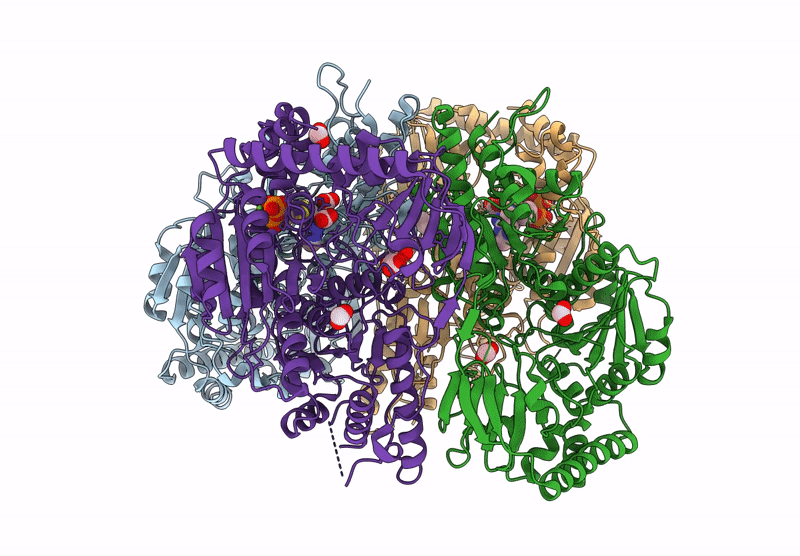
Deposition Date
2024-09-28
Release Date
2025-04-16
Last Version Date
2025-04-30
Entry Detail
PDB ID:
9DSN
Keywords:
Title:
D306A Mutant of M.tuberculosis MenD (SEPHCHC Synthase)
Biological Source:
Source Organism:
Mycobacterium tuberculosis H37Rv (Taxon ID: 83332)
Host Organism:
Method Details:
Experimental Method:
Resolution:
2.30 Å
R-Value Free:
0.22
R-Value Work:
0.19
R-Value Observed:
0.19
Space Group:
P 21 21 21


